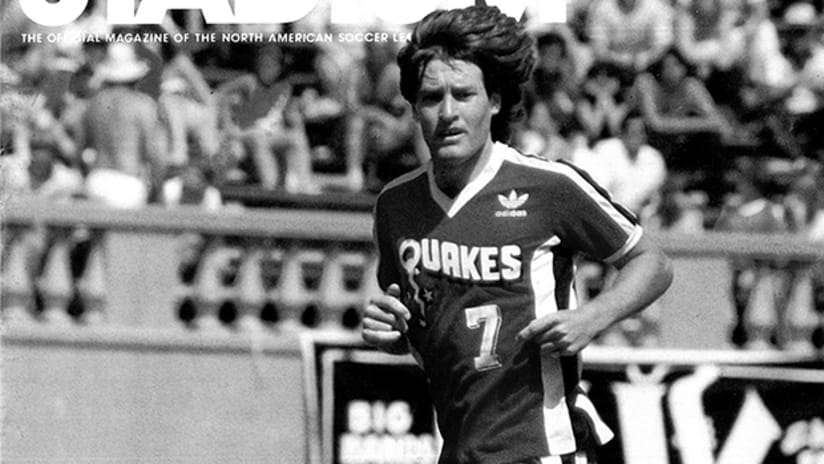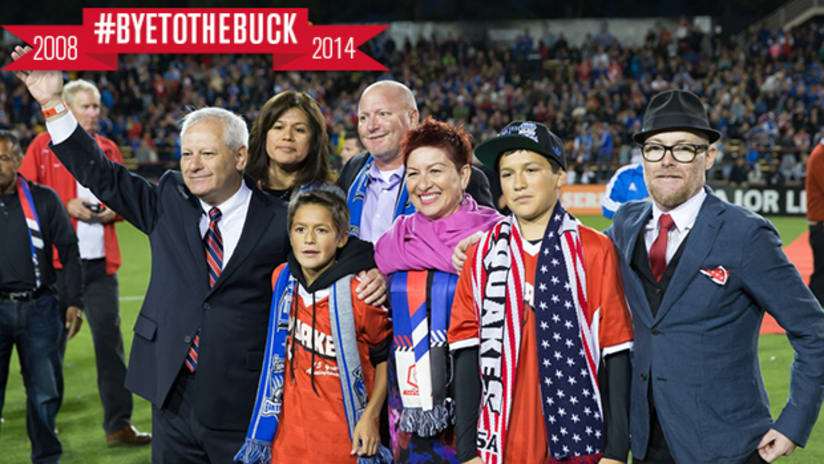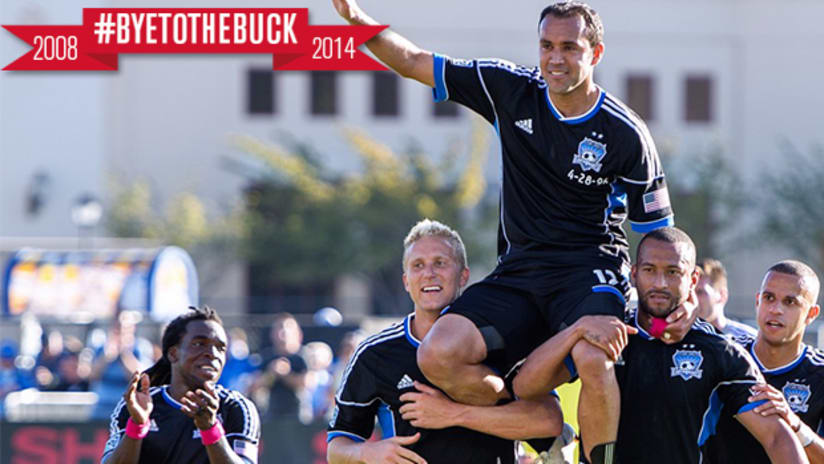History has a way of repeating itself, there’s no denying it. Case in point: twenty years ago, the U.S. men’s national team arrived at Stanford Stadium with the tough task of preparing for Brazil; this week it is doing it again.
Now, of course, the circumstances are a bit different. In 1994, the U.S. was hosting the World Cup, and, defying almost every prediction, advanced out of its group and into the knockout rounds of the tournament. Its opponent: heavily favored Brazil and its dynamic forward duo of Bebeto and Romario. No one gave the Americans a chance, even though the match was played on home soil, on Independence Day, in front of a sellout crowd and the largest domestic television audience ever tuned in for a soccer game.
Today, the U.S. team is back at Stanford, not for a match against Brazil, but to fine tune its squad ahead of the 2014 World Cup in Brazil. Thirty hopefuls, each competing for a spot of the final 23-man roster. No less motivated to succeed than their ’94 counterparts, these modern day Yanks hope to take Brazil by storm in the very same way their South American opponent did the United States twenty years ago.
The stadium has changed, having gone a complete overhaul in design and structure in 2006, but the field is still in the very same spot. The outer rim of the old facility is gone, but many of the stately trees that lined it still rise above the new confines of the building. The dirt parking lots, stained with the dead embers of decades of tailgate gatherings, dotted with sentinel California live oaks, remain unchanged; when imagination reigns, the soft sounds of samba drums still beat through the grove. Same as it ever was.
Inside the stadium, America’s new soccer heroes train in earnest, the expectations of a new World Cup higher than ever. The ghosts of Alexi Lalas and Thomas Dooley haunt the pitch, providing guidance and inspiration to a defensive corps that, for many of its members, will be experiencing soccer’s biggest event for the first time. These newbies lack the glorious hair of their forbears, but they more than make up for it with talent and tenacity.
Back on July 4, 1994, Stanford Stadium was the focus of the soccer world. The Americans, resplendent in their wavy stripes jerseys instead of their now iconic denim stars kits, lacked the required firepower on offense — John Harkes was suspended and Eric Wynalda was benched — and, under the direction of master motivator Bora Milutinovic, bunkered down on defense for much of the game. A flagrant elbow by Leonardo in the waning moments of the first half on Tab Ramos, one that left the midfielder with a broken skull, put Brazil a man down, but the U.S. couldn’t capitalize. The pull of 84,147 fans was strong, but the Brazilians were stronger, and a second half Bebeto goal made all the difference.
The U.S., a fast and physical team — then as now — may not have won that day, but the lasting effects of its performance on the American soccer psyche persist today. Jurgen Klinsmann, like Milutinovic another foreign coach with grand ideas and an impressive resume, directs the squad, bringing his championship wisdom to the team. Tough-as-nails Clint Dempsey is now the captain, talisman Landon Donovan aims to make his fourth World Cup, Tim Howard plays sure and steady in goal — the characters have changed, but the story remains the same.
The national team will have the sporting world spotlight this June in Brazil, very much like it did in 1994. A transformative moment for U.S. soccer, the lessons from that Stanford afternoon have helped advance the program for two decades, spawned the birth of Major League Soccer, and gradually built the national team into a legitimate contender for late round World Cup glory.
The “Group of Death” awaits the U.S. in Brazil, but that is also true for Germany, Portugal, and Ghana — no one wants to face the unpredictable Yanks. The two teams that survive will no doubt breathe a sigh of relief that the hardest hurdle has been topped. In 1994, the underdog Americans could only imagine “what if?” when it came to the dream of beating the Brazilians. In 2014, once again considered underdogs, the team is focused more on the “how?” of getting the job done.
And as its pivot point, Stanford Stadium, its perfectly groomed green grass pitch, is twenty years later again the catalyst for blue skies ahead. U.S. soccer has matured immensely since the ’94 World Cup, and back on campus again, a reunion of sorts for the program, appears set to make another leap forward. Everyone hopes the results will be better in 2014, players and coaches alike push the competition forth, and, with a little luck and a lot of preparedness, a new history will perhaps grow from the Stanford tradition.
Robert Jonas is a writer for CenterLineSoccer.com and SJEarthquakes.com. Send him feedback on Twitter: @RobertJonas




